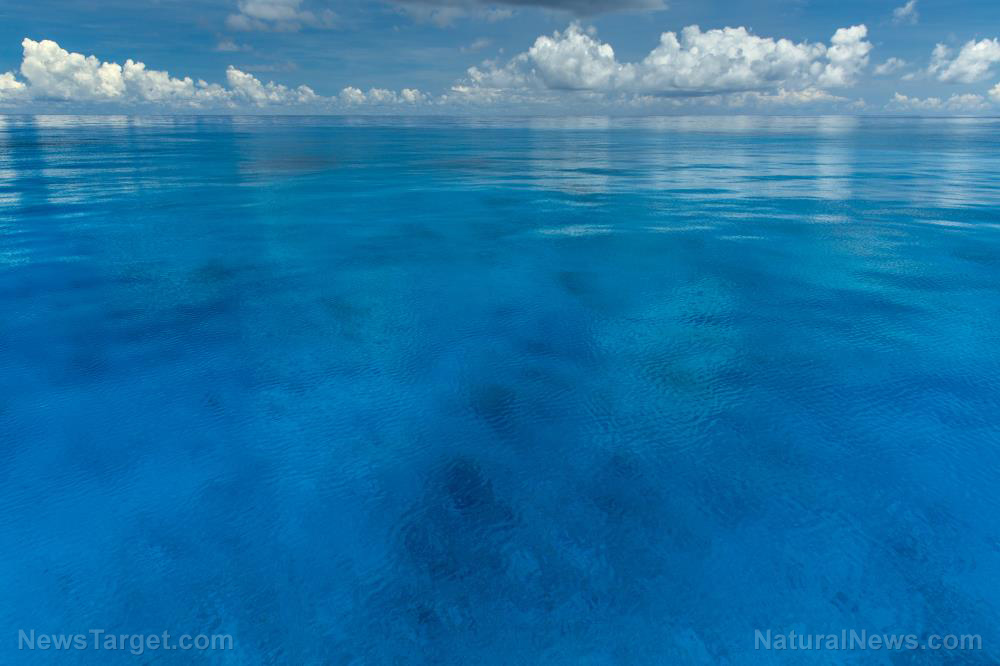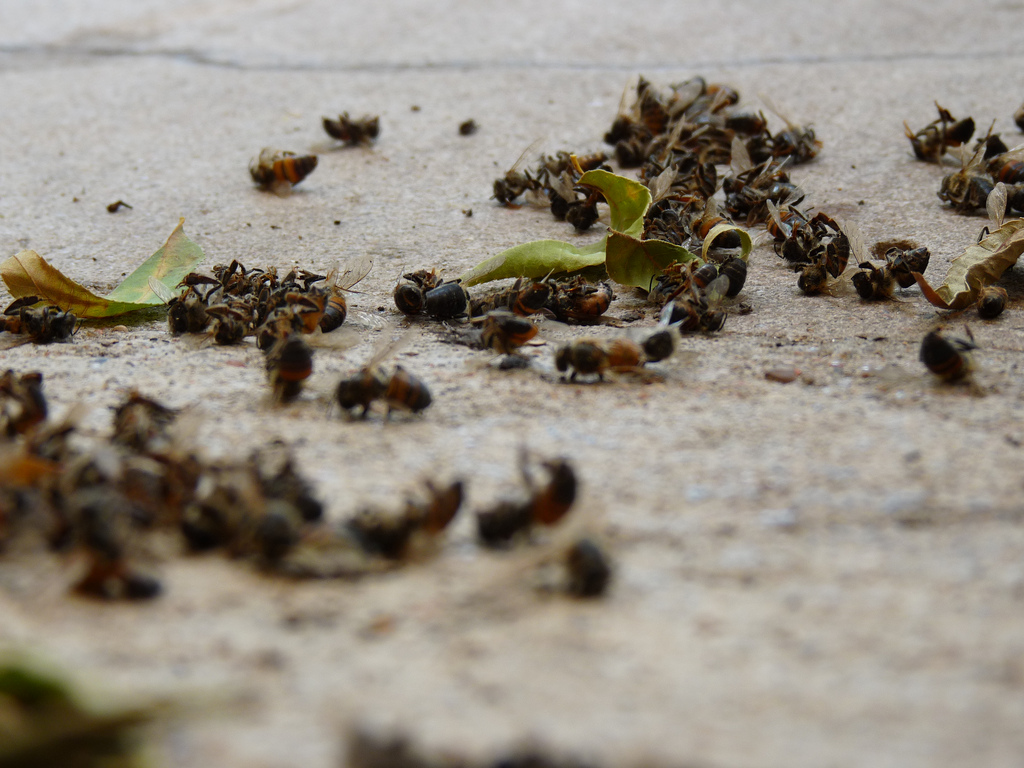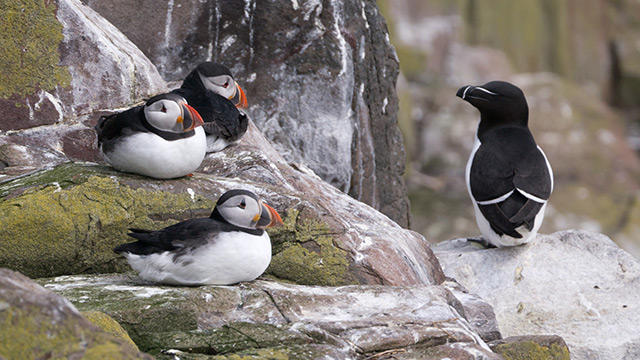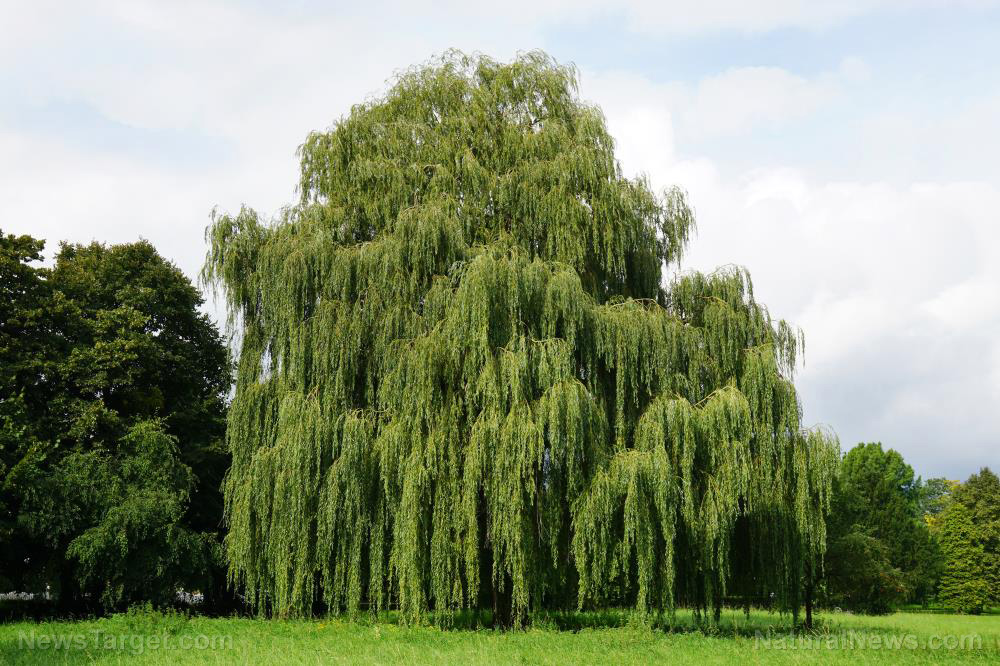
At the bottom of Mexico's Gulf of California lies hydrothermal vents and cold seeps with hydrocarbon-rich fluids. A recent scientific expedition to this alien environment uncovered the existence of massive venting mineral towers that teemed with strange organisms.
The towers reached heights of 23 m and widths of 10 m. Their volcanic flanges heated the nearby pools of hydrothermal fluids, creating the impression of reflective mirrors on the seafloor.
Led by researchers from the University of Georgia and operating with the permission of the Mexican government, the study found that the venting mineral towers were rich in various metals. Furthermore, the hydrothermal fluids displayed high levels of dissolved sulfides.
Despite the seemingly hostile conditions, the study sites displayed high levels of biological diversity. Further examination of the data might reveal previously undiscovered species.
“We discovered remarkable towers where every surface was occupied by some type of life,” reported Georgia lead researcher Dr. Mandy Joye. “The vibrant colors found on the 'living rocks' was striking, and reflects a diversity in biological composition as well as mineral distributions.”
Joye described the mineral venting towers as an astounding opportunity to study unique creatures and their ability to survive in hostile environments. However, she also reported coming across various plastic trash such as fishing nets, deflated balloons, and a very lost-looking Christmas tree. (Related: No big deal, just an ancient sea monster with 18 mouth tentacles.)
Super-hot hydrothermal vents and cold seeps that aren't cold at all
The first to take an expanded look at hydrothermal and gas plumes, the study employed various new technologies. The researchers used deep-sea underwater cameras with 4K resolution, radiation tracking devices, and a remotely operated vehicle (ROV) for getting samples of hydrothermal fluids and sediments.
Named SuBastian, the ROV carried an osmo sampler that sucked hydrocarbon-rich fluids into capillary-sized tubing. The unique device allowed the robot sub to get methane and other volatile substances from the deep-sea pools of hydrothermal fluids.
In addition to obtaining data and physical samples, SuBastian also conducted several experiments at the site itself. To minimize processing bias, the ROV also featured a high-throughput water filter designed for viruses.
Ultimately, the expedition sought to study methane cycling in the oceans. Both the hydrothermal vents and cold seeps on the Gulf of Mexico's seafloor contributed invaluable data and materials.
All samples of hydrothermal fluids and gas plumes taken by SuBastian showed very high concentrations of methane and methane hydrate mounds that would breach the surface of the sea. The study increased the knowledge of the natural storage for methane in water columns and sediments.
A whole new world at the bottom of the Gulf of California
Schmidt Ocean Institute (SOI) co-founder Wendy Schmidt remarked that the bottom of the ocean did not resemble anything else on Earth. Every dive to the Gulf of California's hydrothermal vents and cold seeps has been likened to visiting another planet from a science fiction franchise.
“The complex layers of data we've collected aboard Falkor during this expedition will help tell the story of this remote place and bring it to public attention,” explained Schmidt.
Further, Schmidt stressed that even these remote locations did not escape the long reach of human activities, including long-lived plastic pollution that would take decades or even centuries to degrade.
Currently, the researchers are evaluating the rest of the hydrothermal fluid samples. Once they complete their testing, they will share their findings with the rest of the world.
The data gathered by the Georgia-SOI expedition will broaden human understanding of the environment at the Gulf of California's seafloor, as well as other similar deep ocean areas around the world.
Sources include:
Please contact us for more information.





















